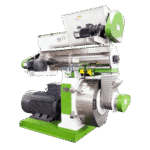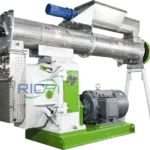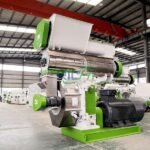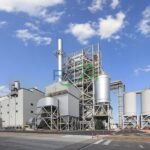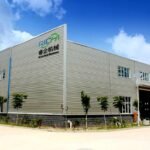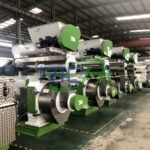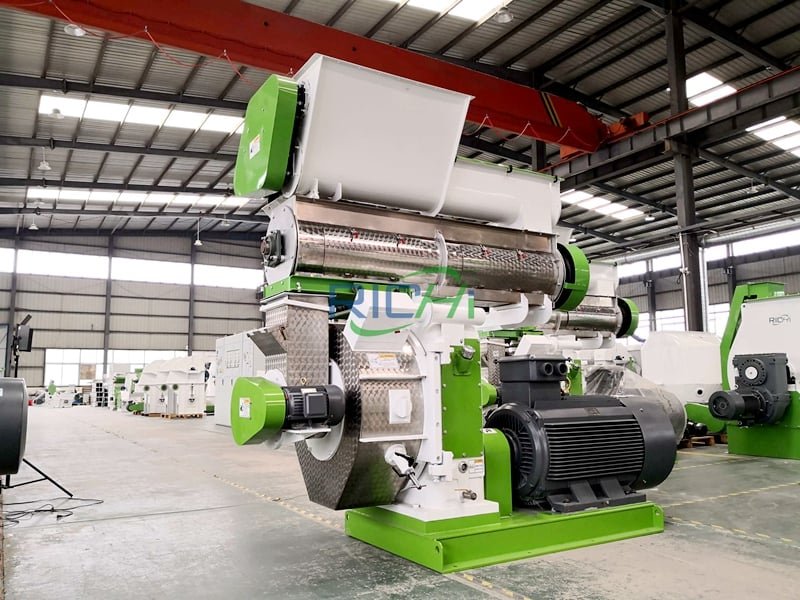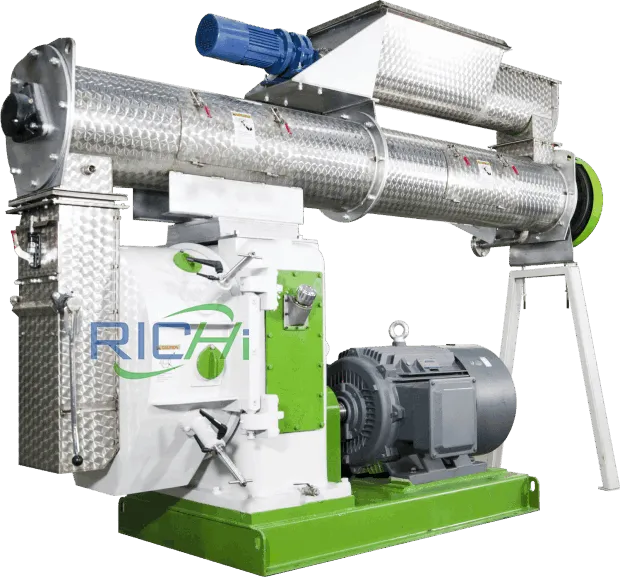Installation Challenges and Solutions
Installing a cattle pellet machine is a crucial step that can significantly impact its functionality and performance. One of the primary challenges encountered is improper alignment. Ensuring precise alignment is vital for the smooth operation of the equipment. To achieve accurate alignment, use a spirit level to verify that the machine base is even. Make necessary adjustments to the legs or stand of the machine to level it correctly. Consistent checks during installation will help in preventing misalignment issues, which could lead to excessive wear and tear.
Another common hurdle is the electrical setup. A proper electrical setup is fundamental for the safety and efficiency of the cattle pellet machine. Engineers should verify that the machine’s voltage requirements match the power supply. It is advisable to employ qualified electricians to handle electrical wiring. Ensure the wiring connections are secure and that adequate circuit breakers are in place to protect against potential electrical failures. Always follow the manufacturer’s guidelines on electrical installations to avert any mismatches that could result in operational inefficiencies.
Securing the machine properly is also a significant aspect of installation. An inadequately secured machine can lead to vibrations and movement during operation, adversely affecting the pelletizing process. Secure the machine to a solid and stable base using appropriate anchors or bolts. Regularly inspect the securing points to ensure they remain tight and capable of holding the machine steady under operational loads.
Lastly, incorporate essential safety checks throughout the installation process. Verify that safety guards and emergency stop mechanisms are correctly installed and functional. Check for any loose parts or potential hazards that might pose a risk during operation. Implementing these thorough safety measures will prevent accidents and ensure the longevity of your cattle pellet machine.
By addressing these installation challenges methodically and adhering to the recommended solutions, engineers can achieve a seamless installation process. Ensuring proper alignment, electrical setup, and secure installation, coupled with rigorous safety checks, will pave the way for optimal performance of the cattle pellet machine.
Commissioning Process: Best Practices
The commissioning phase is fundamental to the long-term performance and reliability of cattle pellet machines. This stage begins with a thorough understanding of the machine’s specifications and operational guidelines. Engineers should meticulously follow the manufacturer’s manual, ensuring each step is performed as outlined to achieve optimal results.
Commence by inspecting the physical and structural integrity of the cattle pellet machine. Verify that all components, such as the die, roller, and motor, are correctly installed and securely fastened. Initial calibration of the machine is essential; this involves setting parameters such as die size, roller adjustment, and feed rate to align with the desired output specifications. Calibration should be performed meticulously to prevent inconsistencies in pellet size, which can affect feed quality and consumption.
Standard tests are critical during commissioning. Begin with a dry run, devoid of any feedstock, to ensure the mechanical parts operate smoothly. This phase is crucial to identify any unusual noises or vibrations signifying alignment issues or mechanical faults. Following a successful dry run, introduce a small batch of feedstock to monitor the machine’s performance under operational conditions. During this initial test run, focus on controlling and stabilizing temperature settings, as optimal temperature is vital for effective pellet binding and machine efficiency.
Attention should also be given to feedstock quality. Ensure that the feedstock is of appropriate moisture content and particle size, as variations can affect pellet quality and pellet machine throughput. Employing a moisture meter and particle size analyzer can facilitate maintaining feedstock consistency, thereby enhancing the machine’s performance.
Integration with other systems, such as conveyors or storage bins, should be verified to ensure seamless operation. Conduct tests to confirm that feed is evenly distributed and that no bottlenecks occur at any stage of the process.
Monitoring motor performance is another crucial aspect. Check motor temperature, vibration levels, and electrical parameters to ensure they match the manufacturer’s recommendations. Address any abnormalities immediately to prevent long-term damage or operational inefficiencies.
By following these best practices during the commissioning stage, engineers can significantly reduce the likelihood of encountering operational issues, ensuring that the cattle pellet machine operates at peak efficiency from the outset.
Operational Issues and Maintenance Tips
Even after the installation and commissioning of a cattle pellet machine, operators may encounter several operational challenges that can hinder both productivity and longevity. One prevalent issue is the occurrence of blockages within the pelletizing chamber. These blockages can stem from various factors such as improper material preparation, excessive moisture content, or residual build-up of earlier processed materials. Regular clearing of the chamber and ensuring the uniformity of feed materials can mitigate this problem significantly.
Another common obstacle is the wear and tear of critical components, particularly the die and rollers. Over time, these parts can degrade, resulting in decreased machine efficacy and inconsistent pellet quality. To address this, it is advisable to establish a maintenance schedule that includes periodic inspection and timely replacement of worn parts. Utilizing high-quality, durable materials for these components can also extend their service life, which in turn, maintains the optimal performance of the cattle pellet machine.
Engineers must also pay attention to inconsistent pellet quality, which can be a sign of various underlying issues. Factors such as uneven feed distribution, incorrect compression ratios, and improper machine settings can contribute to this problem. Conducting routine calibrations and adjustments, along with ensuring that the feedstock is adequately conditioned, will help in achieving consistent pellet size and quality.
Regular lubrication plays a crucial role in the smooth operation of the cattle pellet machine. Establishing a stringent lubrication schedule helps minimize friction and wear, prolonging the life of the machine. Using the manufacturer-recommended lubricants ensures compatibility and efficacy.
In summary, adopting a proactive maintenance strategy is key to mitigating common operational issues. Implementing routine inspections, adhering to a strict lubrication regimen, and promptly addressing any damage or irregularities can significantly enhance the performance and reliability of a cattle pellet machine. By taking these preventative measures, engineers can ensure continuous operation and optimal productivity, ultimately extending the machine’s lifespan.
Advanced Troubleshooting Techniques
When standard protocols do not rectify persistent issues, more advanced troubleshooting techniques become imperative. Understanding and diagnosing intricate problems with cattle pellet machines requires a systematic approach. Engineers should start by prioritizing safety and ensuring that all machinery is powered down before initiating any diagnostic work. Following this, the use of specialized diagnostic tools and interpreting error codes are crucial initial steps in identifying the root causes of complex faults.
A common issue in cattle pellet machines is motor failure. Engineers should first inspect the motor for physical damages and ensure all connections are secure. Utilizing diagnostic instruments, such as a multimeter, can help in assessing electrical continuity and resistance levels, which can pinpoint whether the motor windings or connections are faulty. If the issue lies within the motor, it might necessitate either replacement or detailed repair.
Control system faults represent another challenging area. These can manifest due to software glitches, sensor failures, or wiring issues. Engineers are advised to systematically check the control panels for any loose connections or visible signs of damage. Using manufacturer-specific diagnostic software to access and interpret error codes can be exceptionally beneficial in narrowing down faults. Moreover, updating firmware and ensuring that all sensors are calibrated correctly can prevent recurring problems.
Unexpected downtime is another complex issue often faced with cattle pellet machines. Engineers should perform a thorough root cause analysis by tracing back through the operational logs and maintenance history to identify patterns or recurrent failures. Additionally, performing regular system audits and predictive maintenance can significantly mitigate the risk of unexpected breakdowns.
Emphasizing the importance of ongoing training, engineers should continually update their knowledge base regarding the latest technology in cattle pellet machines. Staying current with technological advancements and participating in specialized training programs can enhance the ability to troubleshoot and maintain the equipment efficiently. Consistent education and proactive diagnostics are vital in ensuring the longevity and optimal performance of cattle pellet machines https://www.richimanufacture.com/livestock-feed-pellet-mill-for-sale/.
